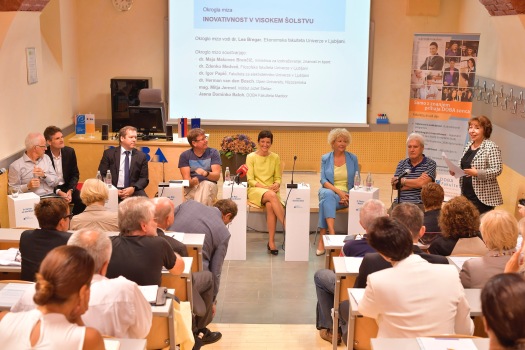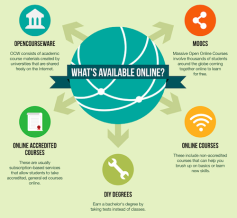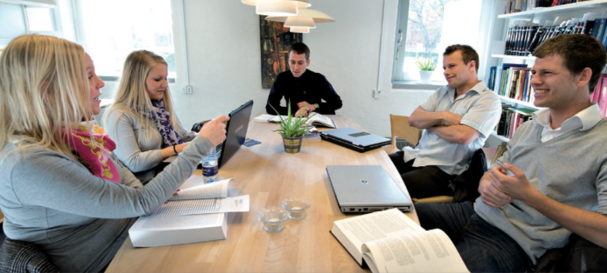Close your eyes and imagine a large industrial site at the end of the 19th century. 1000’s of laborers are sitting behind sewing machines. Still keep your eyes closed and imagine a lecture hall, again rows and rows of students who hurry to copy the words of the teacher.
The resemblance is clear. The difference too: The industrial site is history. The lecture hall is present-day[1].

My thesis is: The essence of higher education is under pressure. The reason is that universities failed to adapt their educational methods to the large growth of the number of students. As a consequence, the small classrooms of the past made room for the lecture halls of the present.
The universities of Oxford and Cambridge – who largely stayed unchanged – demonstrate what the essence of higher education might be. Once or twice a week students meet their personal tutor. During each meeting, tutors challenge students with assignments based upon scientific or societal problems. Subsequently, students read a lot and they write down their findings. In a next meeting the tutor is giving feed back, elucidates new viewpoints, suggests additional reading and occasionally initiates research projects, relating theory and practice.

The description above allows me to define two essential pillars of scientific education:
- The active acquisition of scientific knowledge, which goes far beyond the capability to reproduce it.
- The growth of students’ competence to analyse, reflect and solve real live-problems, and to think and judge in a critical way
 The majority of contemporary universities are realizing these outcomes only partially. Research in the US has revealed that about 40% of college students did not make any progress with respect to analytical and critical thinking skills in four consecutive years[2].
The majority of contemporary universities are realizing these outcomes only partially. Research in the US has revealed that about 40% of college students did not make any progress with respect to analytical and critical thinking skills in four consecutive years[2].
As far as universities are aware of their own failure, the usual reflex is blaming government because funding largely stayed behind the growth of the number of students. I do not expect any substantial change in this respect. And maybe it is better that universities economize themselves first.
So, universities face the challenge to improve the quality of their education and to deal with a growing and ever more differentiated student population, while funding is remaining largely the same. If they fail, they risk disruption in the next decade. This challenge will be solved only, if universities innovate, in particular by deploying ICT.
 Universities can economize by flipping their classrooms radically and supporting their students in choosing appropriate open educational resources like MOOCs (= massive open online courses). At this time, MOOCs cover any part of scientific knowledge. The best scientists are involved in their development and educational technologists have designed the best visual support. The only expenses relate to delivering feedback at student’s assignments.
Universities can economize by flipping their classrooms radically and supporting their students in choosing appropriate open educational resources like MOOCs (= massive open online courses). At this time, MOOCs cover any part of scientific knowledge. The best scientists are involved in their development and educational technologists have designed the best visual support. The only expenses relate to delivering feedback at student’s assignments.
MOOCs or other digital sources are able to contribute significantly to the active acquisition of knowledge, the first pillar of higher education. But what about the second pillar; developing the competence to analyse, reflect and solve real live-problems and to arrive at critical thinking and judgment. This pillar definitely goes beyond the capabilities of open educational resources.

The one way to develop this competency is engaging students in independent work, like writing theses and doing projects. Projects might be executed in small groups and students learn to deal with real problems and their owners. This independent work must cover a substantial part of students’ time. Of course students need expert teachers’ supervision. After having reduced their activities with respect to knowledge transfer significantly, teachers will have ample time to act as project supervisors and most will love it.
Finally, government might play a role the transition of higher education. This is supporting the execution of transition plans to be submitted by higher education institutions.
[1] This blogpost is based on my contribution to a round table discussion about innovation in higher education at August 30th in Maribor (Slovenia) in presence of the minister of education.
[2] See my blogpost Why universities underachieve http://wp.me/p3lna5-4n

